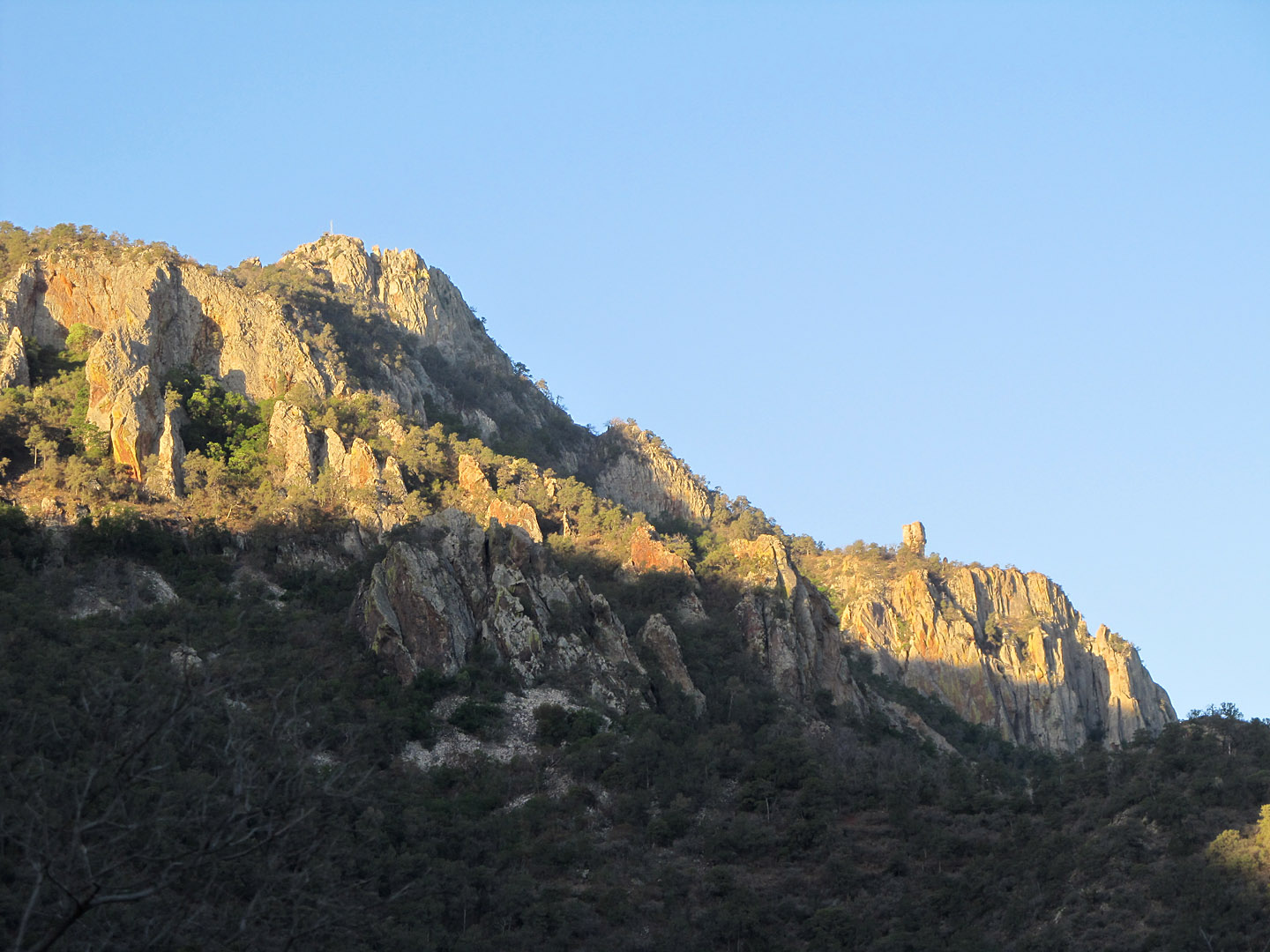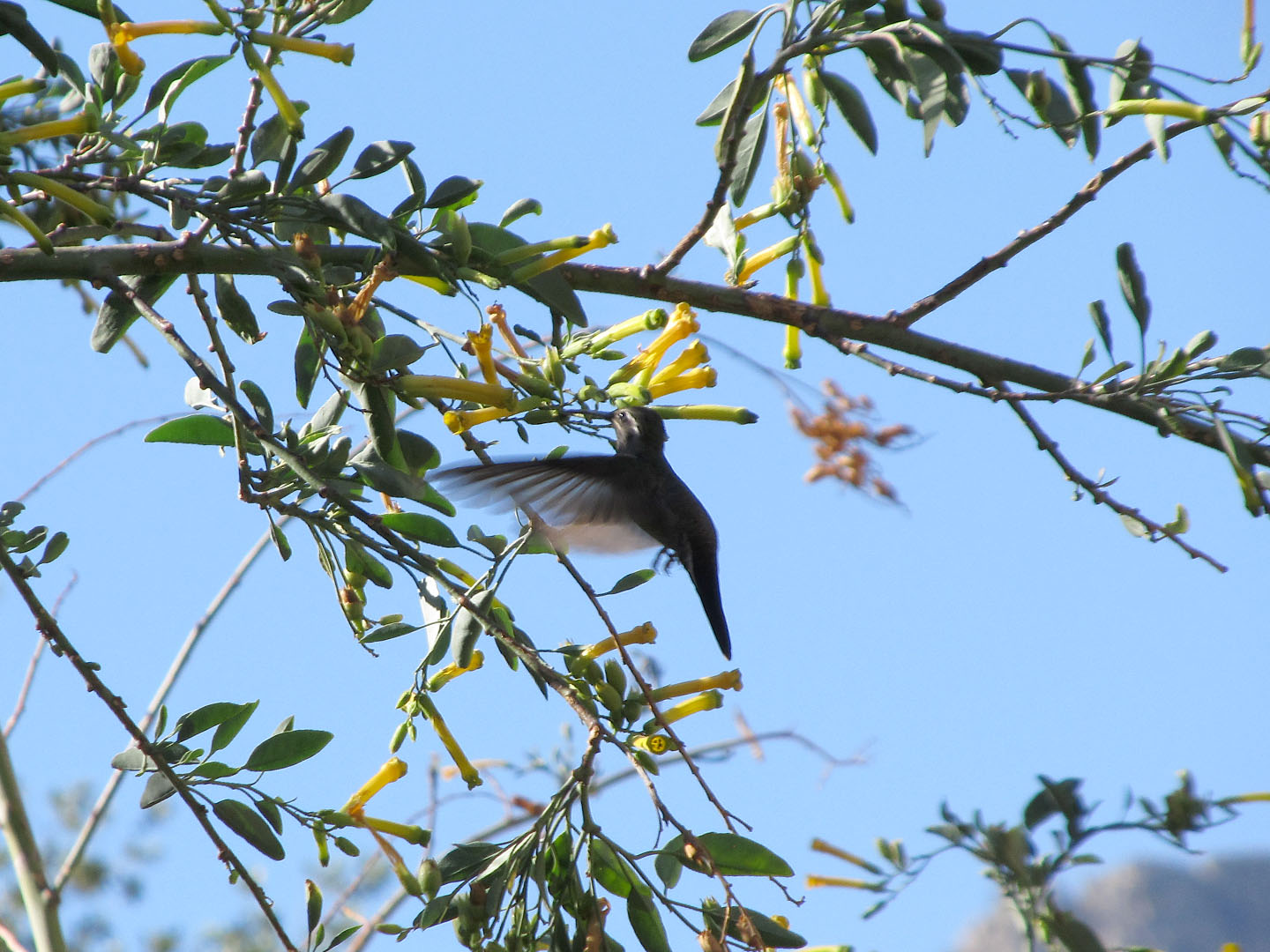Leaving Wakkerstroom, we continued our trek southeast towards the Indian Ocean. Soon we crossed over into KwaZulu-Natal province, the traditional home of the Zulu people. The land became greener and more lush, with wet savanna and lowland forest becoming more common as we approached the coast.
Our first stop was the Mkuze Game Reserve. We had booked two nights in a little cabin at Mantuma Camp. Mkuze, or as it is sometimes spelled, Mkhuze or even uMKhuze, was another quality stop. This game reserve covers about 150 square miles of wet savanna, sand forest, fig forest, and wetlands. There are four large “hides” that you can visit near watering holes where animals and birds come to drink and bathe.

Like at Kruger, humans are restricted to certain areas while the animals roam freely. We were advised to stay in our vehicle when not at the rest camp or at one of the hides or official viewpoints or picnic areas.

While we didn’t see many top predators at Mkuze, there were plenty of large herbivores to keep us occupied.

One of the highlights of the trip was a ranger-led walk through the fig forest in the southern part of the reserve. This part of the park is strictly off-limits unless you are accompanied by ranger. Patrick, our ranger guide, met us early one morning at the trail head, carrying a very large gun. He started us off with a safety briefing: “Stay with me. Stay behind me. If I tell you to freeze, you freeze. If I tell you to run, you run.” Neil and I exchanged nervous glances, but we followed Patrick over the bridge and into the depths of the fig forest.

The fig forest was one of the birdiest areas of the preserve. We enjoyed seeing African Green-Pigeon, Klaas’s Cuckoo, and African Paradise-Flycatcher. In the afternoon we visited the hides again and the extensive estuary area in the south. I wanted to go swimming with the sharks, crocodiles, and hippos, but Neil thought that was a very bad idea.

One of the less optimal things about Mkuze was the relative lack of food. Our cabin had a small kitchen for “self catering,” but we didn’t bring that much food with us. A local woman ran a little snack stand near the center of camp for a few hours each day, and we were able to get sandwiches there. The reserve also had a little shop, but it was mostly empty of foodstuffs during our visit. I briefly entertained the idea of buying some warthog chops or kudu patties, but that sounded a bit ambitious considering our lack of equipment or other supplies.

Even though it is enormously unfair, I couldn’t help comparing Mkuze to Kruger where we were a few days earlier. In most comparisons, Mkuze came up short. Of course Kruger is a world-famous national park, and Mkuze is a local preserve that is 50 times smaller. In fairness, we did see over 30 new species for our trip at Mkuze, including Neergaard’s Sunbird, Senegal Lapwing, and Brown Snake-Eagle.

We submitted eBird checklists for our first afternoon at Mkuze, the Mkuze fig forest and hides, and our last morning in Mkuze. After two days of thoroughly exploring the reserve, I was definitely ready to move on. I was eager to catch my first ever glimpse of the Indian Ocean.



































